Introduction
White tea, often hailed as the “emperor of teas,” is renowned for its delicate flavor, subtle aroma, and minimal processing. Originating from China’s Fujian province, this rare tea is crafted from the youngest leaves and buds of the Camellia sinensis plant, which are gently steamed or dried to preserve their natural essence. Unlike black or green teas, white tea undergoes little to no oxidation, resulting in a light, floral taste with hints of sweetness. However, achieving the perfect cup of white tea requires more than just high-quality leaves—it demands precision in steeping time. Brewing for too long can render the tea bitter, while insufficient steeping may leave it insipid. This article delves into the nuances of steeping white tea, exploring factors like water temperature, tea variety, and personal preference to help enthusiasts unlock its full potential.
Understanding White Tea’s Delicate Nature
White tea’s reputation for subtlety stems from its minimal processing. Unlike black tea, which is fully oxidized, or green tea, which is steamed or pan-fired to halt oxidation, white tea is simply withered and dried. This preservation of natural compounds, such as catechins and antioxidants, contributes to its health benefits and unique flavor profile. However, this delicacy also makes white tea highly sensitive to brewing conditions. Oversteeping can release tannins, the compounds responsible for bitterness, overpowering the tea’s inherent sweetness and floral notes.
The Role of Water Temperature
Water temperature is perhaps the most critical factor in brewing white tea. Unlike robust black teas that thrive under boiling water (212°F/100°C), white tea requires a gentler approach. The ideal range is between 175–185°F (80–85°C). Using water that is too hot can scorch the leaves, destroying their delicate flavors and creating an astringent taste. Conversely, water that is too cool may fail to extract the tea’s full spectrum of aromas and benefits.
To achieve the perfect temperature, tea enthusiasts often employ a few methods. Boiling water and allowing it to cool for 3–5 minutes is a simple household technique. Alternatively, using an electric kettle with adjustable temperature settings ensures accuracy. For those without specialized equipment, observing the water’s behavior can help: small bubbles beginning to rise from the bottom of the pot (a phenomenon known as the “shrimp eye” stage in Chinese tea culture) indicate the ideal temperature for white tea.
Steeping Time: Finding the Sweet Spot
The optimal steeping time for white tea varies depending on the variety, leaf size, and personal taste. However, a general guideline is to steep white tea for 2–3 minutes for the first infusion. This window allows the leaves to unfurl gradually, releasing their flavors without extracting excess bitterness. Subsequent infusions can be extended by 30 seconds to a minute, as the leaves have already begun to open.
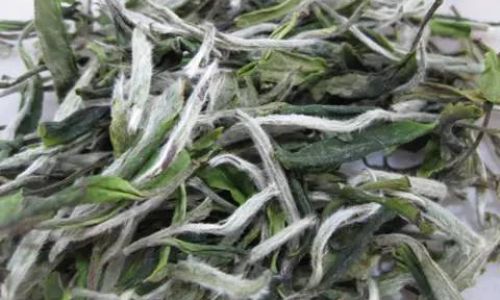
Varieties of White Tea and Their Steeping Requirements
Not all white teas are created equal. Variations in leaf size, bud-to-leaf ratio, and processing methods influence steeping times. Here’s a breakdown of popular white tea varieties and their recommended brewing durations:
-
Silver Needle (Bai Hao Yinzhen):
Composed solely of young, unopened buds covered in silvery fuzz, Silver Needle is the most prized white tea. Its tender leaves require minimal steeping time—1.5–2.5 minutes—to preserve their delicate, honey-like sweetness and mellow texture. -
White Peony (Bai Mu Dan):
Made from a mix of buds and young leaves, White Peony offers a fuller body and floral aroma. Steep for 2–3 minutes to balance its grassy undertones with subtle fruitiness. -
Shou Mei:
A more robust white tea, Shou Mei uses larger leaves and fewer buds, resulting in a nutty, slightly earthy flavor. Steep for 3–4 minutes to fully extract its depth.
-
Tribute Eyebrow (Gong Mei):
Similar to Shou Mei but slightly sweeter, Tribute Eyebrow benefits from a 3–4 minute steep to highlight its toasted notes.
Adjusting Steeping Time for Personal Preference
While guidelines provide a starting point, personal taste plays a significant role in determining the ideal steeping time. Tea drinkers who prefer a stronger brew may extend steeping by 30–60 seconds, though caution is advised to avoid bitterness. Conversely, those who enjoy a lighter cup can reduce the time by 15–30 seconds. Experimentation is key—keeping a brewing journal to track times, temperatures, and flavor profiles can help refine one’s approach.
Brewing Methods: Gongfu vs. Western Style
The brewing method also impacts steeping time. Traditional Chinese gongfu cha (tea ceremony) emphasizes multiple short infusions using a high leaf-to-water ratio. For white tea, this involves:
- Using 3–5 grams of tea per 100 ml of water.
- Steeping for 10–20 seconds initially, increasing by 5–10 seconds with each subsequent infusion.
- Using a gaiwan or small teapot to concentrate flavors.
In contrast, the Western method uses a single, longer infusion in a larger teapot or mug. This approach requires 2–3 minutes for the first steep, with optional re-steeps.

The Impact of Tea Quality and Leaf Form
The quality and form of white tea leaves influence steeping dynamics. Loose-leaf white tea, typically whole or partially broken leaves, offers superior flavor compared to tea bags, which often contain fannings (small leaf particles). Fannings steep faster due to their increased surface area, raising the risk of bitterness. When using tea bags, reduce steeping time by 1–2 minutes and monitor closely.
Water Quality: The Invisible Ingredient
Water quality is often overlooked but critical to brewing excellence. Hard water, rich in minerals like calcium and magnesium, can dull white tea’s delicate flavors. Opt for filtered or spring water with a neutral pH to ensure clarity. Avoid distilled water, as its lack of minerals can result in a flat-tasting brew.
Proportion: Balancing Tea and Water
The ratio of tea leaves to water affects both strength and steeping time. A general guideline is 1.5 grams of loose-leaf white tea per 6 ounces (180 ml) of water. Using too much tea can overwhelm the water, leading to bitterness even with shorter steeps. Conversely, insufficient tea may produce a weak, insipid cup. Adjust the ratio based on personal preference, but maintain consistency when experimenting with steeping times.
Re-steeping White Tea: Maximizing Value and Flavor
White tea’s resilience allows for multiple infusions, with each steep revealing new layers of flavor. After the initial brew, extend each subsequent steep by 30–60 seconds. High-quality Silver Needle, for example, can yield 4–5 infusions, while Shou Mei may offer 3–4. Re-steeping not only enhances the drinking experience but also extracts the tea’s full antioxidant potential.
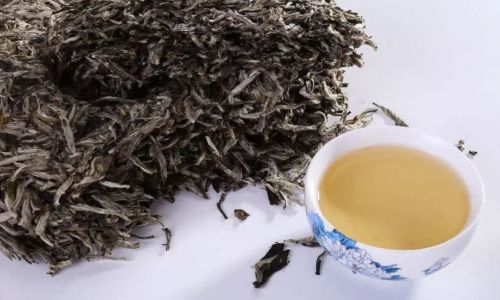
Health Benefits and Steeping Time
White tea is celebrated for its high antioxidant content, particularly polyphenols like catechins, which combat oxidative stress and inflammation. Steeping time influences the extraction of these compounds. While a 2–3 minute steep captures most antioxidants, longer brews (4–5 minutes) may release marginally higher levels. However, the trade-off between health benefits and palatability must be considered, as oversteeping introduces bitterness.
Common Mistakes to Avoid
- Using Boiling Water: As discussed, high temperatures scald white tea’s delicate leaves.
- Oversteeping: Exceeding recommended times, even by a minute, can ruin the brew.
- Underleafing: Insufficient tea leaves result in a weak, watered-down cup.
- Ignoring Leaf Quality: Low-grade white tea or tea bags may require shorter steeps to mask bitterness.
Conclusion
Brewing white tea is an art that balances science and intuition. By understanding the interplay of water temperature, steeping time, and tea variety, enthusiasts can elevate their cup from ordinary to extraordinary. Whether you prefer the ethereal sweetness of Silver Needle or the earthy depth of Shou Mei, patience and precision are your greatest allies. Experiment with times, temperatures, and ratios to discover your personal ideal—and savor each sip as a testament to the tea’s timeless elegance. Remember, the perfect cup of white tea is not merely drunk but experienced, a fleeting moment of tranquility in a hectic world.
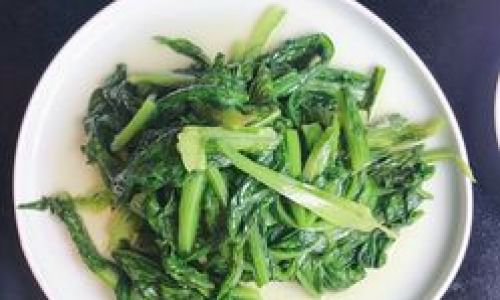
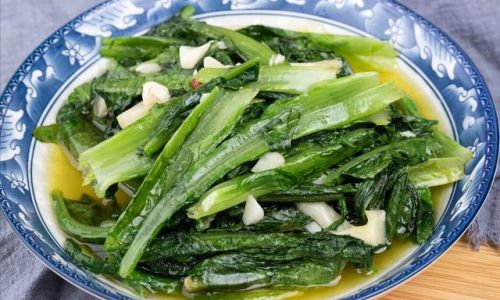

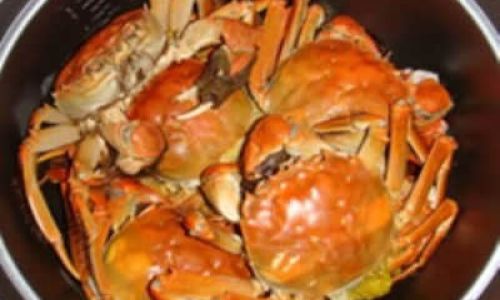
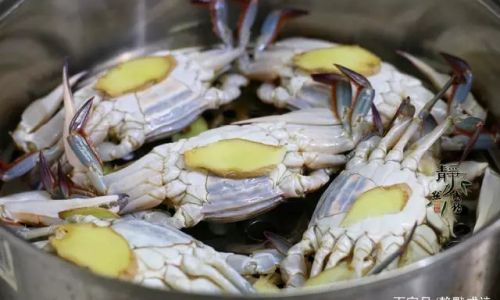
0 comments